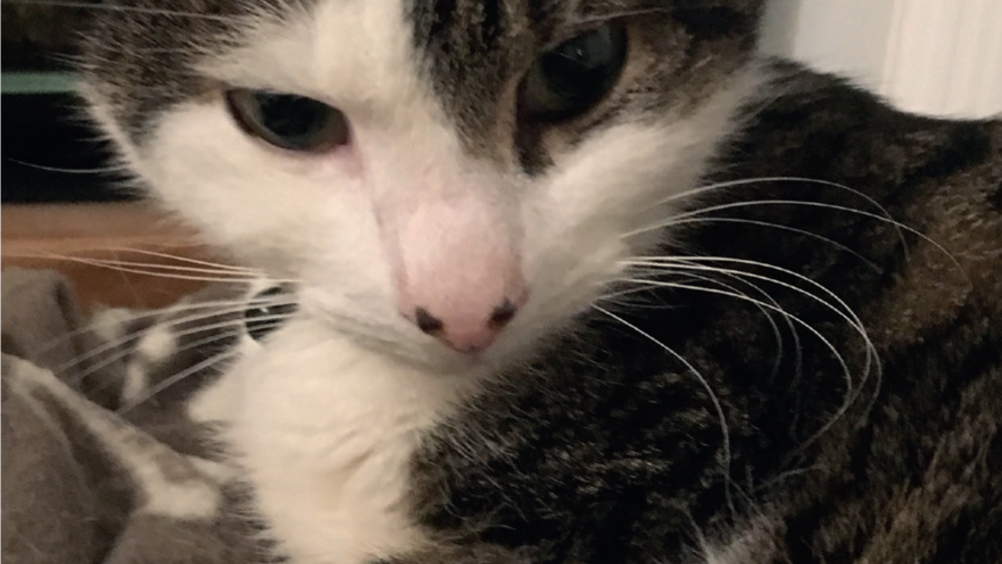References
Early enteral nutrition: indications, benefits and complications

Abstract
It is important in veterinary practice that registered veterinary nurses (RVNs) are knowledgeable regarding identifying patients in need of nutritional support, in order to continually strive for a high standard of evidencebased nursing care and improve patient outcomes. In gaining this knowledge, RVNs can feel empowered to work alongside the veterinary surgeon (VS) to suggest the most appropriate feeding method, in addition to explaining all benefits and complications accurately to clients for informed consent to be obtained. Early enteral nutrition brings many benefits such as dramatically improving patient outcomes by preventing any adverse effects of malnutrition, which could lead to a reduction in length of hospitalisation. Shortened hospital stays could mean that patients resume their normal routine in a familiar, home environment more quickly.
Early enteral nutrition was considered by Frye et al (2015) as being a gold-standard method of providing nutritional assistance to patients in veterinary practice, provided there is a functional gastrointestinal (GI) tract. O'Dwyer (2017) and Ackerman (2019) have both stated that enteral feeding in critically ill patients would stimulate the GI tract and in turn, help to reduce the incidence of bacterial translocation. This problem occurs through the migration of bacteria from the GI tract to lymph nodes and other internal organs (Jones and Ackerman, 2016a; O'Dwyer, 2017); sepsis associated with the GI tract can occur (O'Dwyer, 2017). This process could occur in any patient in veterinary practice not receiving enteral nutrition, not just the critically ill. This article will explore some indications for early enteral nutrition, the benefits that this can bring and finally, discuss a main complication that can arise from not providing early enteral nutrition. Specific methods of delivery will be mentioned but not discussed in detail as this is not within the scope of this article.
Register now to continue reading
Thank you for visiting The Veterinary Nurse and reading some of our peer-reviewed content for veterinary professionals. To continue reading this article, please register today.

